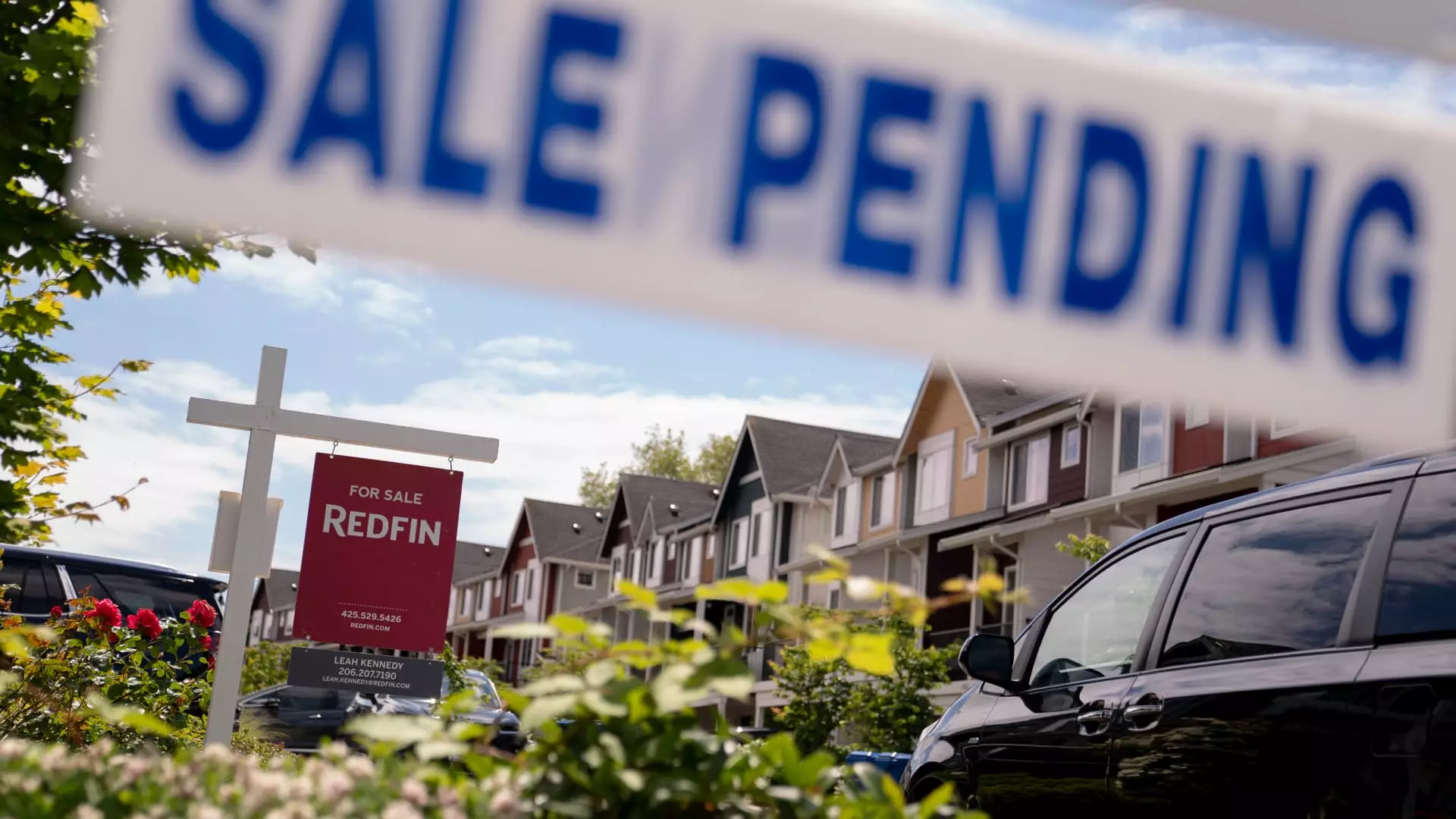The housing market took a substantial hit in January, marked by high mortgage rates and persistent home prices that led to a notable decrease in sales. According to data from the National Association of Realtors (NAR), pending home sales—key indicators based on signed contracts—suffered a staggering 4.6% drop from the previous month. This decline represents the lowest sales volume recorded since tracking began in 2001, positioning the market in a precarious situation. Comparatively, home sales were down by 5.2% relative to January 2024, signaling a concerning trend for the industry’s short-term future.
While the coldest January temperatures in a quarter-century could potentially account for decreased buyer engagement, the correlation remains ambiguous. Lawrence Yun, NAR’s chief economist, stated that despite weather factors, the ongoing strain from elevated home prices and mortgage rates has fundamentally undermined affordability for buyers. Interestingly, it’s worth noting that sales activity exhibited regional variations—showing a month-to-month increase in the Northeast while declining in the West and South. The South, historically the hottest market for real estate transactions, experienced the steepest downturn in activity, further complicating the economic landscape.
In January, mortgage rates consistently hovered above the 7% mark, a significant jump from the lows seen earlier in December. The average rate on a 30-year fixed loan has persisted at elevated levels throughout the month, as reported by Mortgage News Daily. Higher borrowing costs naturally discourage potential buyers from entering the market, thereby exacerbating the decline in sales. This consistent upward trajectory in interest rates highlights a critical aspect of the housing market’s struggle, as affordability becomes an insurmountable barrier for many prospective homebuyers.
Curiously, the uptick in available home inventory has not translated into increased sales activity. January witnessed a 17% growth in available listings compared with the previous year, marking the fourteenth consecutive month of rising inventory, according to Realtor.com. This paradox raises questions about the distribution and quality of homes provided on the market. Hannah Jones, an economist at Realtor.com, articulated that although more homes for sale could stimulate contract signings, the increase in supply is not uniform across the nation. This uneven distribution may be contributing to the continued strain on the market, as not all regions are benefitting equally from the expanded inventory.
The current housing market is navigating through a complex set of challenges, including inflated prices, high mortgage rates, and weather-related factors that deter potential buyers. The emerging patterns suggest an urgent need for policymakers to consider strategies that can enhance affordability and stimulate market activity in a balanced manner. Until these elements are addressed, the housing market will likely continue to experience significant volatility, potentially diminishing the prospects for recovery in the near future. As it stands, both buyers and sellers must remain attentive to evolving economic conditions that directly influence their decisions in this unpredictable landscape.


Leave a Reply